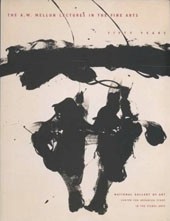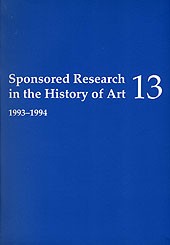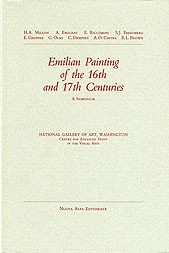A Generous Vision II: Samuel H. Kress Professors, 1995–2016
Edited by Therese O'Malley, with an introduction by Elizabeth Cropper, 2016
Published on the occasion of the 75th anniversary of the National Gallery of Art, this volume updates A Generous Vision: Samuel H. Kress Professors, 1965–1995. This new record of achievement for the years 1995–2016 is intended to reflect the previous volume in spirit and structure, with a short reminiscence about each Kress Professor by someone who was in residence as a young scholar at the Center during the professor’s term. PDF of publication (15MB)







